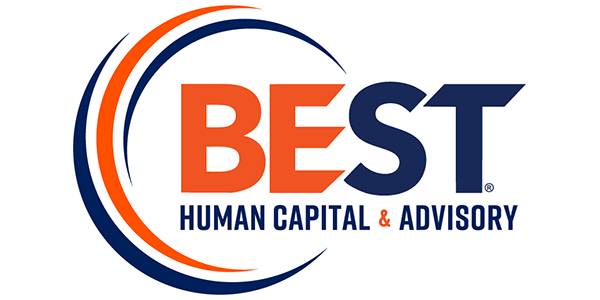
All’s Fair in Love and Retention
In the current candidate’s market, employee retention can seem like war, but it doesn’t have to be. Often, when top-grade managers leave their organization, it is because of reasons that could be addressed by company leadership and has little to do with salary. In our own internal surveys that we use with candidates, “Company Culture” […]



